Taylor Kitsch in the film “John Carter”
While it's never nice for those working on a highly anticipated and often expensive film to see it fail commercially, there is often a sense of schadenfreude when watching a dismal, empty piece of blockbuster cinema be revealed as a fraud and outright rejected by audiences. This has happened several times this year: with the irrelevant superhero movie The Flash, the pointless fifth installment in the Indiana Jones series, and the dark Disney film The Haunted Mansion. And it's more likely than not that the unlikely Aquaman sequel, Aquaman and the Lost Kingdom, will be just as bad.
It goes without saying that when a film costs a huge amount of money, it has to earn a significantly larger amount just to break even, due to the costs of advertising, promotion and the actors' carefully negotiated profit-sharing agreements. This summer's Fast & Furious sequel Fast X may have grossed over $700 million at the box office, but since it cost an incredible $349 million to make, it will have a long way to go to make a profit for the studio, perhaps meaning likable star Both this film and Aquaman 2's Jason Momoa may be ruined by the fact that they appeared in two underperforming films in the same year.
To show the prestigious company he's in, here are the 11 biggest and most notorious box office flops of all time:
1. Cleopatra (1963)
Sixty years after its release, defenders of Joseph L. Mankiewicz's epic film will note that it ultimately made money and exists on a scale that is simply unimaginable in this age of computer graphics; they can also suggest that the hype behind the relationship of its stars Elizabeth Taylor and Richard Burton has attracted an audience of millions. However, the untold chaos of its production, which lasted for years and included the replacement or firing of actors and directors, resulted in its cost being a staggering $42 million – a sum that can be multiplied by 10 in modern money to give an idea of how extravagant it looked. it ended up being wasteful.
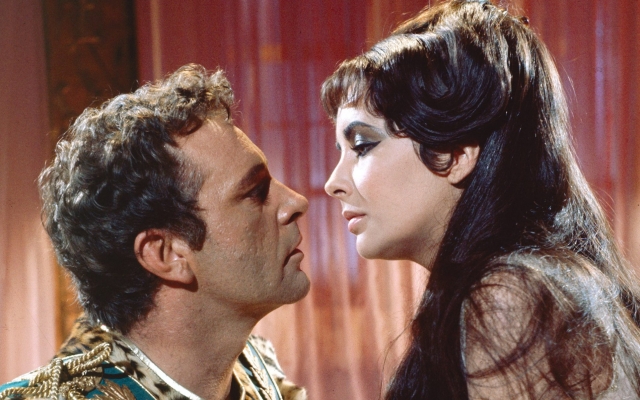 Richard Burton and Elizabeth Taylor in the film “Cleopatra” Photo: Getty
Richard Burton and Elizabeth Taylor in the film “Cleopatra” Photo: Getty
It lost $3 million on its initial release, despite it being the highest-grossing film of the year, and ultimately only turned a profit thanks to the sheer number of re-releases given to it by an increasingly desperate studio, 20th Century Fox, trying to turn the balance from red in black. On a purely visual level it's still impressive to watch, but it's desperately drawn out and unfocused. In the end, you wish for the queen of Egypt to poison her with a snake so that the ordeal would end.
2. Heaven's Gate (1980)
Michael Cimino's notorious Western flop, which was originally released in a nearly four-hour version in late 1980, was given no such leniency, earning critical and commercial disdain. Cimino's previous film, The Deer Hunter, was a huge success, allowing him complete control of his ultra-violent tale of a battle between warring factions in 1890s Wyoming. Unfortunately for him and United Artists, who financed the film, this resulted in the budget increasing from a manageable $11 million to a staggering $44 million, with the director's excesses including rebuilding entire sets because “it didn't look right” and earning the nickname “Ayatollah” on set for his demanding and controlling attitude.
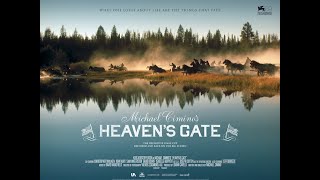
Rumors that it would be a rare disaster were confirmed upon its release: the influential New York Times critic Vincent Canby wrote: “It is such a flop that one suspects Mr. Cimino sold his soul to the devil to make Hart” a success. The Hunter and the Devil have just come to collect the money. It was hastily edited into an incomprehensible 149-minute version that was a commercial failure. While there are some who argue that the extended cut remains a masterpiece, Heaven's Gate marked the end of Cimino's mainstream career and remains synonymous with Hollywood excess.
3. Revolution (1985)
Hugh Hudson was, by all accounts, a much less dictatorial character than Cimino, but the notorious failure of his own American history film largely mirrored that of Heaven's Gate a few years earlier. Hudson was coming off the Oscar-winning success of Chariots of Fire and Tarzan Greystoke and was considered the high-priced director of what was to become an award-winning epic about a trapper fighting in the American Revolutionary War.
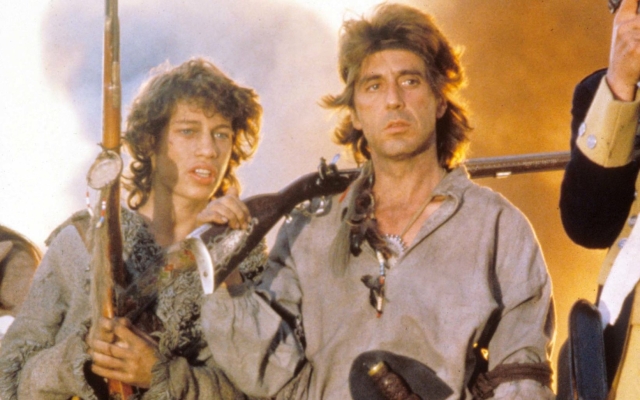 Dexter Fletcher and Al Pacino in the revolution. Photo: Moviestore Collection/Rex
Dexter Fletcher and Al Pacino in the revolution. Photo: Moviestore Collection/Rex
Unfortunately, Hudson ran into difficulties from the start, not least due to the wild disparity between the acting styles of its leading man, Al Pacino, and the many British character actors who played supporting roles (including Richard O'Brien, Dexter Fletcher and Steven Berkoff). and the decision by alarmist production company Goldcrest Films to rush release the picture in late 1985 after a rushed post-production. Critic Pauline Kael wrote: “This is an absolutely insane picture; it’s so bad it’s shocking,” and the audience agreed. It only made $350,000 upon release in the US, which ultimately led to Goldcrest having to be sold. The director's cut was eventually released for a polite re-review in 2012, but it remains one of the biggest flops ever made in the UK.
4. The Adventures of Baron Munchausen (1988)
Director Terry Gilliam is one of cinema's rare visionaries, but he's the first to admit that this often leads to tension between him and the studios. Although many of his pictures proved profitable, one of his wildest and most personal pictures, the fantasy film The Adventures of Baron Munchausen, was ultimately a huge flop, earning just $8 million on a budget that was rumored to be significantly excessive. in the amount of 40 million dollars.
Gilliam's relentless filmmaking style was subsequently criticized by actors, including Eric Idle, who called the production “fucking crazy.” Then-child star Sarah Polley often criticized the “magical and brilliant” Gilliam for creating a literally unsafe filming environment, where she was often submerged in cold water or surrounded by explosions happening near her.
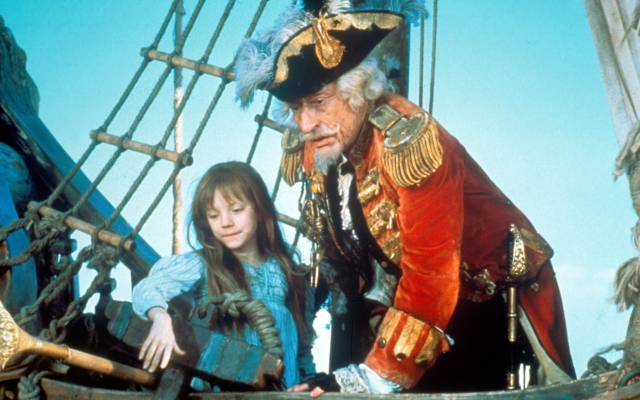 Sarah Polley and John Neville in The Adventures of Baron Munchausen Photo: Alamy
Sarah Polley and John Neville in The Adventures of Baron Munchausen Photo: Alamy
However, she still stands by the film, and – unlike many others on this list – it remains a flawed but fascinating exercise in unbridled imagination, with characters doing everything from flying to the moon in a hot air balloon made from a woman underwear, to dancing. in the air with Venus, much to the anger of her husband Vulcan. Not surprisingly, Gilliam said of it that “it's becoming the legend it deserves…even if it's the wrong legend.”
5. Cutthroat Island (1995)
Some films should never have been made, and Geena Davis and Matthew Modine's dark pirate adventure Cutthroat Island is undoubtedly one of them. The film was produced by the impoverished Carolco studio, which was desperately maintaining its business by selling foreign rights to the film, but without a completed script or lead actor. Michael Douglas, unhappy that Davis, who was then married to the film's director Renny Harlin, was given a more interesting role, quit. This turned out to be a wise decision, considering that the rest of the cast had to endure ignominious treatment, such as bathing in raw sewage in a water tank when pipes broke, and in Davis' case, suffering countless injuries due to stunts gone wrong on set.
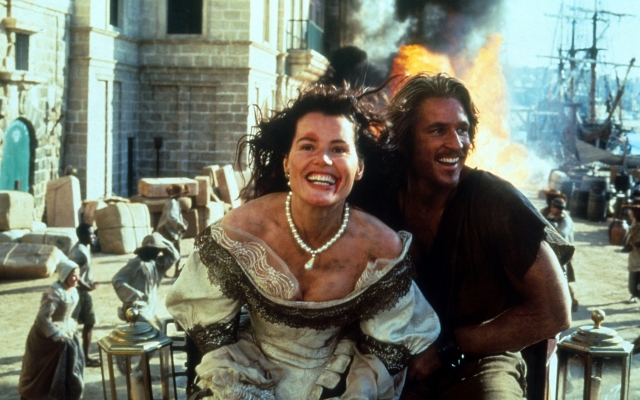 Geena Davis and Matthew Modine in the movie “Cutthroat Island” Photo: Moviepix
Geena Davis and Matthew Modine in the movie “Cutthroat Island” Photo: Moviepix
The film was panned by critics, it was a huge commercial failure—earning just $10 million on a nearly $100 million budget—and marked the end of the Carolco-Harlin-Davis marriage and the pirate film before the genre's triumphant return in 2003 with Pirates of the Caribbean. As unfortunate collateral damage, Davis and Harlin's much better collaboration The Long Kiss Goodnight also flopped, indicating that audiences remain wary of the less-than-dynamic duo working together.
6. Postman (1997)
There was a general consensus in the film industry that Kevin Costner failed because of the notions of arrogance and chaos that arose in Robin Hood: Prince of Thieves (from which its original director, Kevin Reynolds, was fired) and then escalated with the aquatic action film. Waterworld” (from which Reynolds was fired again, having made peace with Costner). His second directorial feature, the post-apocalyptic epic The Postman, completely failed to replicate the success of his debut Dances With Wolves, being a slow-burning and often laughably self-indulgent excess in which screenwriter Brian Helgeland managed to create a unique film. winning twice the Golden Raspberry for his lurid and leaden screenplay the same year he won an Oscar for his work on L.A. Confidential.
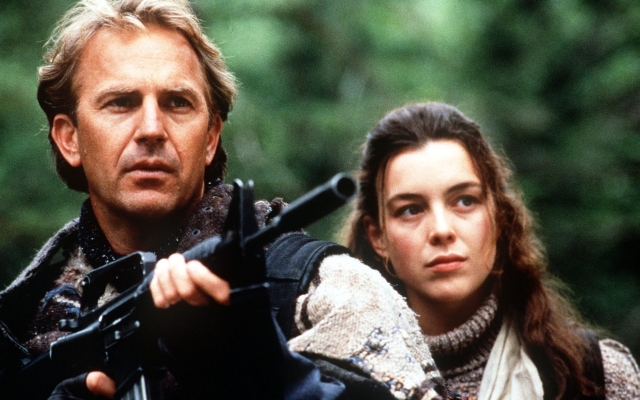 Kevin Costner and Olivia Williams in The Postman Photo: Pennsylvania
Kevin Costner and Olivia Williams in The Postman Photo: Pennsylvania
The film grossed only $20 million on a budget of $80 million , and although Costner subsequently called it “a really good movie”, that won't happen until a significantly more successful film is released. Western Open Range in 2003, which Costner also directed, that he would begin to seek redemption for his arrogance.
7. Battlefield Earth (2000)
At the beginning of the millennium, John Travolta was one of the biggest movie stars on the planet. If you want to know the reason why it's no longer there, there's a simple explanation: Battlefield Earth. In the incredibly bad, amateurishly made picture, based on an incomprehensible novel by Scientology founder L. Ron Hubbard, Travolta, in a ridiculous wig and makeup, played a villainous alien named Terl who enslaved the Earth along with his fellow Psychlos, only for the remaining earthlings to try to rebel against their overlords.
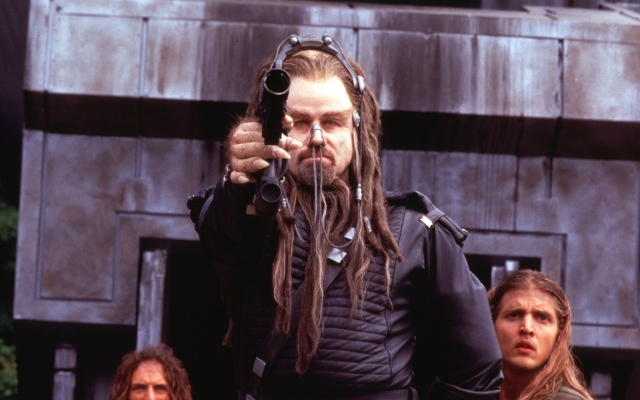 John Travolta in the movie “Battlefield Earth” Photo: Reuters
John Travolta in the movie “Battlefield Earth” Photo: Reuters
Scientology has always been a controversial topic in Hollywood, and Travolta's desire to honor Hubbard by filming his work led one major producer to ask, “Do you think in any way, shape, or form that taking me out will make me want to make a film out of myself?” this movie?” While its dismal reception (it made back less than half of its $73 million budget) was dismissed by some in the production as an anti-Scientology backlash that ignored the film itself, its sheer baffling incompetence makes it unwatchable for all but most. masochistic. Travolta threatened a sequel because the film was only the first half of Hubbard's book; fortunately, none ever appeared.
8. Urban & Country (2001)
Most of the films on this list are big-budget epics where you can see where the money went, even if it's completely inexplicable why it was spent the way it was. In the case of Peter Chelsom's romantic comedy The City & It's strange, it's completely baffling how a relatively modest sex farce starring Warren Beatty and Diane Keaton managed to amass a budget well in excess of $100 million, until you realize that Beatty, not Chelsom, was the figure calling the shots. kit.
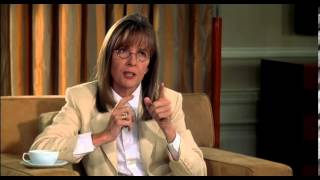
While this degree of control worked well in his early films such as Reds and Shampoo, Beatty's dictatorial presence, which included requests for endless takes and bringing in new writers to polish the script, ultimately stifled the life of what was supposed to be low-key comedy. Production lasted over two years, but then the editing process rendered much of the story incoherent, meaning that the picture only grossed $10 million upon release, meaning Beatty did not return to film for 15 years, when his Howard Hughes comedy “Don Rules” “Do Not Apply” – another box office failure – was released.
9. Mars Needs Moms (2011)
There is a constant list of big-budget animated films that come out and completely fail, often because their target audience – families – are not interested in watching them at all, and no one else will bother with them. Other megaflops include films like Final Fantasy: The Spirits Within and Titan AE, but Disney's bizarre flop Mars Needs Moms represents a low point for the photorealistic computer animation technique that its producer Robert Zemeckis introduced in films like The Polar Express ” and “Beowulf”. .
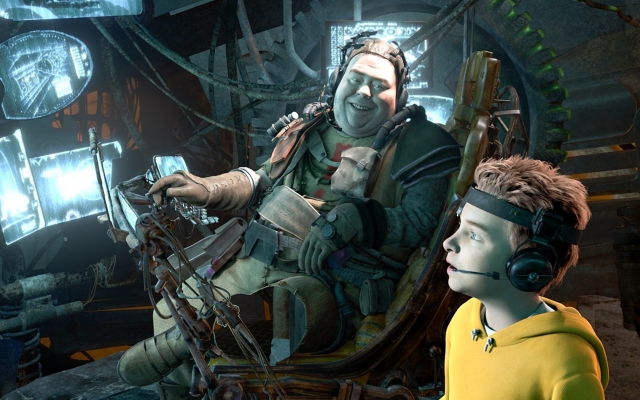 Mars needs mothers
Mars needs mothers
While both were fairly successful, Mars Needs Moms was heavily criticized upon release for its awkward and disturbing character animation, which made the relatively simple storyline of a young boy trying to save his mother after she is kidnapped by Martians seem much more simple. anxious and less family friendly than he should have been. With a budget of $150 million, its worldwide box office receipts did not even reach $40 million. Although Zemeckis did not direct the film, he was much criticized for his involvement, and so, chastened, he returned to live action the following year with the much superior Flight.
10. John Carter (2012)
While many would argue that mega-flop The Lone Ranger deserves a place on this list – not least because it starred two of Hollywood's most cancelled men, Armie Hammer and Johnny Depp – it's actually a fairly enjoyable adventure with a stunningly brilliant climate train . a chase that makes the chase in Mission: Impossible: Deadly Reckoning seem tame in comparison. Alas, no such mercy can be shown to the confused and confused John Carter, Disney's failed attempt to turn its extremely talented Pixar director Andrew Stanton into a live-action director.

Not only was the film, an adaptation of the Edgar Rice Burroughs novel, tonally confused and too dark for its target audience, but so was its strange marketing campaign (which seemed to sell the picture as an arthouse sci-fi blockbuster starring Peter Gabriel). Arcade Fire coverage) and general confusion as to what the film was about (the words “Mars” were dropped from its title due to the belief that films about Mars and Martians always flopped, which turned out to be true). Disney lost $200 million and is now considered one of the most ridiculous wastes of money in Hollywood history.
11. A Crack in Time (2018)
Following the success of her Martin Luther King biopic Selma—and criticism for not becoming the first African-American female director to be nominated for best director—Ava DuVernay was tapped to direct a big-budget adaptation of Madeleine L'Engle's novel. A classic children's novel about a girl who, along with three friends, goes in search of her missing father. It was perhaps unfortunate that Oprah Winfrey starred in the film, not because Winfrey couldn't cope with the dramatic demands of playing the ancient astral being Mrs. Wych, but because the film became highly political as a result.
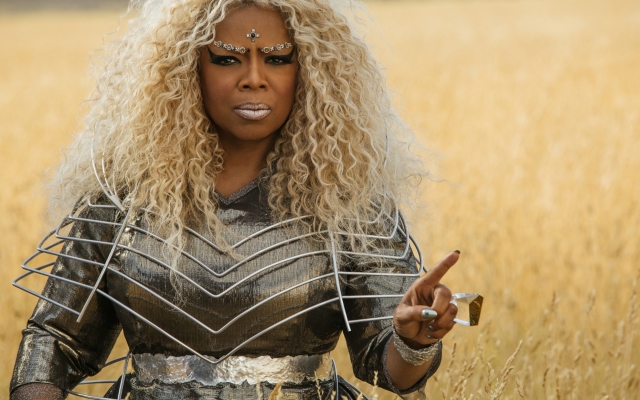 Oprah Winfrey in A Wrinkle in Time
Oprah Winfrey in A Wrinkle in Time
Winfrey said about casting Storm Reid in the lead role: Black girls of every race all over the world look at the screen and sees Storm, I think it's a capital A, capital W, E, some AMAZING experience.” She also suggested that it would be the first family blockbuster aimed primarily at African-American audiences. Unfortunately, the final film, a poorly executed and uninteresting version of the much-loved book, did not even remotely live up to the considerable expectations placed on it and was consequently sadly panned by critics. The film reportedly cost $250 million (including marketing), but ultimately grossed $132 million worldwide.


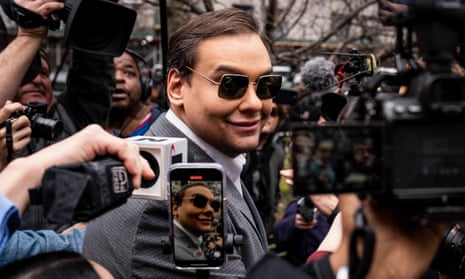




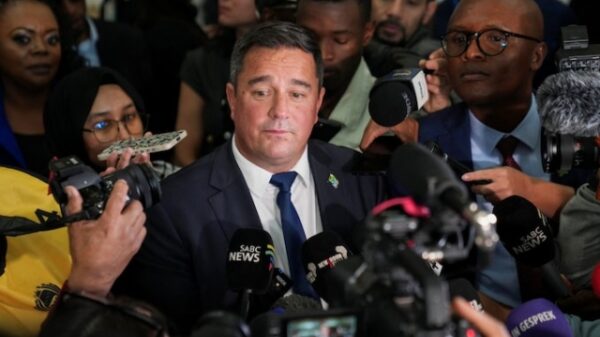









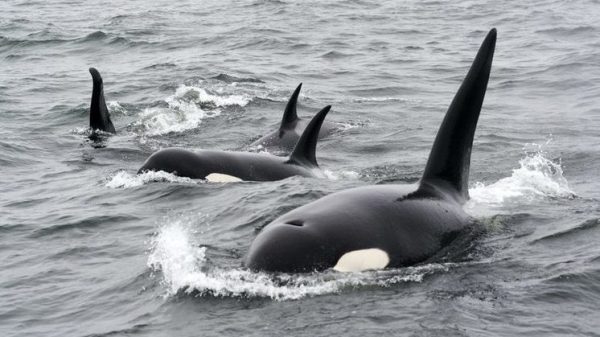









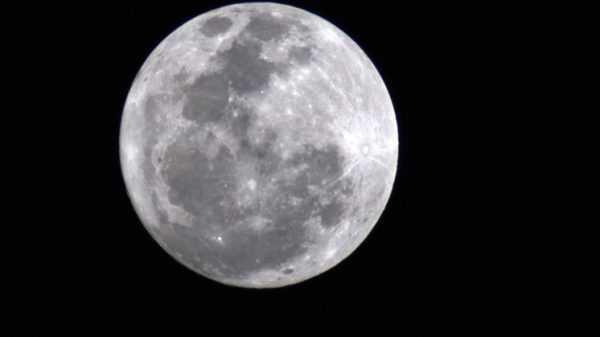


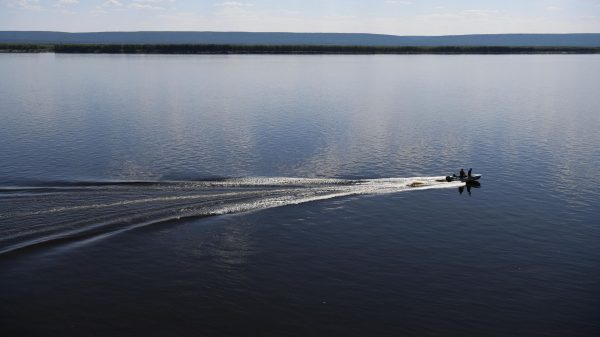


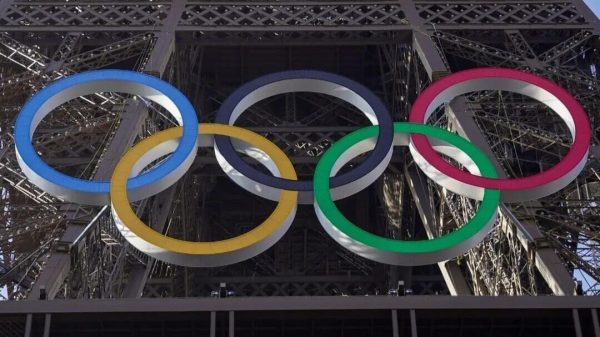








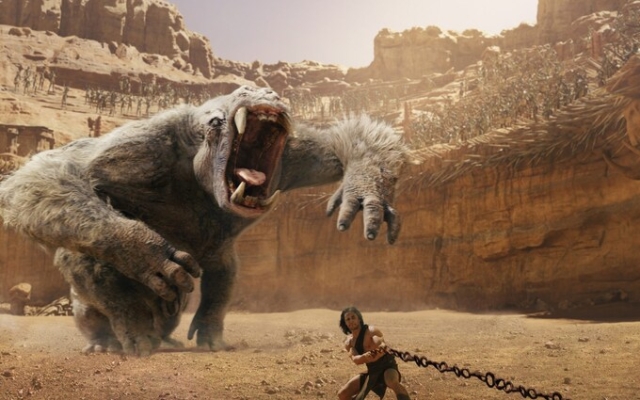



















Recent Comments